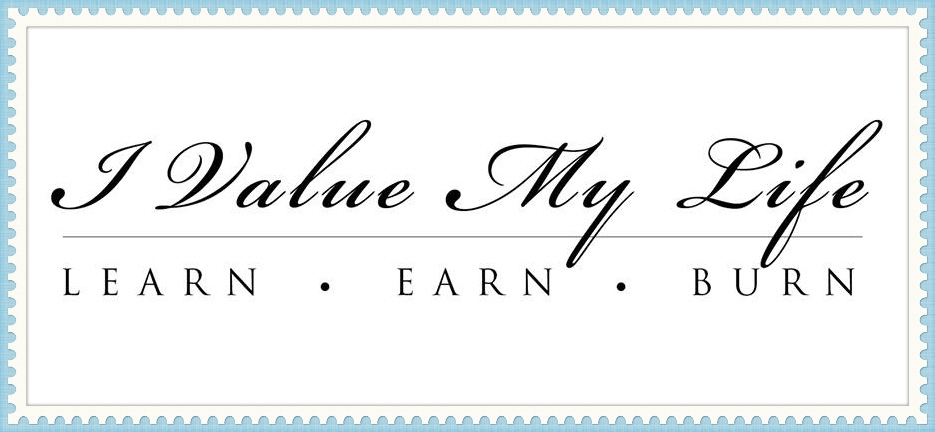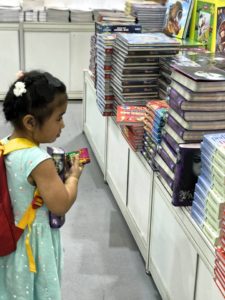What do you look for in a school? Quality of education? Above average status? Good Reputation? I guess, most of us, parents, look for all of these in considering the best choice for our children.
While I believe that Joyful World International Nursery and Kindergarten delivers to these demands, their reading program, on top of an effectively curated curriculum makes them one of the top kindergarten schools in Hong Kong.
Joyful Kindergarten has one mission and it goes:
In an effort to facilitate early childhood education, we are committed to providing a vibrant enriched learning environment to give our children the very best start in life. We are a bilingual Nursery and Kindergarten offering two important primary languages – English and Mandarin. At Joyful World, we take a holistic approach to learning. Holistic education embraces the belief that every child has the capacity and potential for intelligent, creative and systematic thinking.
When Joyful World International Nursery and Kindergarten introduced their reading program to my husband and I during my daughter’s interview, I thought it was an amazing idea. It made me hope for my daughter’s admission to their learning grounds silently because I thought it was such a brilliant idea to extend efforts in teaching the kids how to read. Moreover, involving the parents in the process. Its main objective was to encourage their students to do extra reading apart from the school’s given text books.
When my daughter got admitted successfully, I committed to the task of reading not “to” but “with” my daughter. I see myself appreciating the school’s effort and in imposing this to us. And the most rewarding part of it is seeing my daughter’s progress. And I became aware of the Benefits of the Parent-child Reading.
-
Joyful World International Nursery and Kindergarten was very successful in teaching my daughter how to read.
-
At an early age of three, my daughter can recognise words which she had learned to read by both familiarity and phonics with minimal help.
-
Moreover, she is able to answer the questions at the end of each book where Critical Thinking is enhanced through questions about what was just read.

Obejctively, I have noticed that these would not have happened if not for the school’s extra push amongst us parents. They imposed aggressive effort following up the parents’ involvement through an update sheet that I have to fill up with the date and signature of the most recent reading to my daughter. It facilitates their reading progress quite effectively. It is pasted on the inner part of the cover of the book and it comes with a library card. I have to sign in all of these as she returns the book borrowed from the school and every after reading.
As the program came to an end, I have seen the 8 Benefits of Parent-Child Reading based on my observation of my daughter’s progress.
-
-
You develop a special bond.
– The time spent together while reading a book gives the child a sense of belongingness. It gives them security. They sense that they are important to you because of the time you give them. Take your time efficiently in teaching them how to sound out the letters. This way, they will not feel pressured. Patience should be given extensively when reading.

Allow a safe learning environment for your child. -
You, as their parent, fulfils the responsibility of providing a safe learning environment.
– As you aid their progress step by step, it gives them a safe space where learning is convinced and mistakes are corrected without judgement. This relieves them of pressure and you first-handedly dealt with their weakness rather than a teacher discovering this. Facilitating and working on the things they need more guidance with becomes parallel between the teacher and the parent.
-
Language Development
– Articulation in pronouncing words and sounding out the letters is necessary to speak efficiently. For language to be used at its utmost potential, it should be expressed as smooth as possible. Practice the language by reading it out loud enough to hear yourself is a way to accomplish this. It’s not only the books that your child gets to read when you do it together. They also read your lips, and that gets them associated to the right pronunciation which enhances their language articulation.
-
Strengthening Imagination
– Don’t underestimate a kid’s understanding of what he or she is reading. Most often than not, they cut you in between because they have questions floating in the air that addresses the storyline. This is due to their imagination running wild creating pictures in their head as you read stories to them. Encourage it while redirecting their focus back as necessary.
-
Enhancement of Dialogue
– When parents read to their kids, kids get to hear another person’s way of saying things. As they listen to you, they tend to speak like you as well. When they adapt your ways, it boosts their confidence. Being able to speak like you for them is an accomplishment itself. And when their confidence is established and when they get used to exchange views with you, they would not feel embarrassed to do so with other kids and their teachers when you’re not around anymore.
-
Retention
– Sometimes, as they hear you resonate the words, they are able to remember the way you speak. This helps them remember things through association. When you repetitively read to them and that specific association gets sharpened, learning happens through retention. Later on, this type of learning is what young adults speak of when they say, “I hear my mom’s voice (or my dad saying …) in my head.”
-
Comprehension Skills are developed
– The very first teachers of the children are their parents. From being in the womb, they know how your voice sounds when you’re mad, sad and happy. As you spend time with each other reading, your child learns more about how you are as a person. They understand if you’re irritated, they understand if you’re frustrated and they understand when you’re proud of them. So when you deliver the words from the book, comprehension starts. When you follow it up with critical thinking afterwards, their response becomes prompt. So, their affirmative and negative responses root from yours. Once developed, she would occasionally detach from relying to you for her response and will be able to answer through her comprehensive skills because her confidence had been established already. This becomes another layer in her understanding as she deals with instructions, puzzles and decision making.
-
Spelling Familiarization
– As parents supervise the kids during the reading process, errors such as mispronunciation get corrected right away. One-on-one sessions allow flow in discussion, analysis and en pointe guidance. Practice of phonics leads kids to understand each letter corresponding to its sound. Spelling, then, is introduced in its earliest form as you ask out the letters’ sound. Usually, to the way it should be read. In addition, your child also gets to know what the word means. By repetition and association, spelling is achieved too. You would know that this process becomes successful when your child gets to that word and reads it on their own.
-
Understanding Tonation and Assistive Role-Playing
– Remember the part that they observe you when you read? Or the actions that you infuse when you act out what is being said in the story? It includes tone. Moreover, it allows the child to realise how an adult speaks, how a child is addressed and how feedback is exchanged. They tend to imitate you to convince themselves that they are behaving as how one should be because they are acting like you. Kids tend to copy and so, you and their teachers are the most copied roles they do.
-
Development of Moral Values and Critical Thinking
– There are situations and dialogue in the book that may not be clear from a child’s point of view. You may stress out some actions when called be. Through simple metaphors. This establishes a set of moral values in a child for his or her perspective to somehow surface up. This forms the attitude that they will project at particular situations later on. More importantly, there is no other teacher fit to help a child build the pillars of his or her personality than a parent. Reading together achieves that.
-
For the record, sitting down with your kids is an effective tool in teaching them what they need to know in general. This is why when you have to discuss something to your child, you sit down to their level so that you’re eyes meet while conversing. Parent-reading is a very good moment to apply these.
There will come a time when they would be needing to swim on their own. May it be choosing the friends they would want to be with, making life decisions they should make on their own, and most especially, in aspiring achievement.
The main benefit is that you see the development, good or small, in your kid. How good is it to see that they learn under your supervision and not anybody else’s. By the time they know how to read on their own, that is something you could take pride in.

